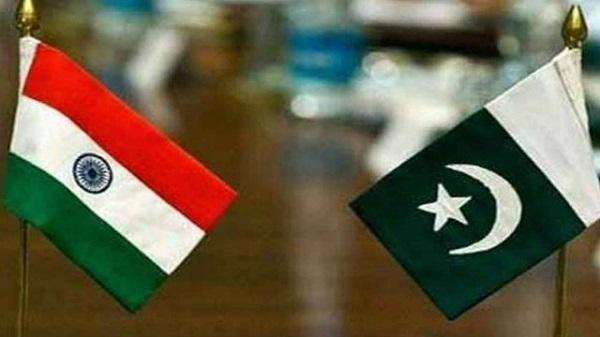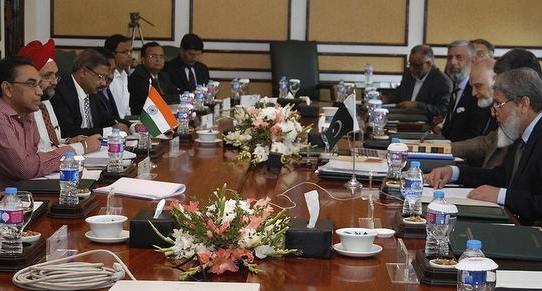Updated By: LatestGKGS Desk
Permanent Indus Commission (PIC) Objectives, Aim, Role in Indus Water Treaty

Permanent Indus Commission (PIC) of Indus Water Treaty between India and Pakistan Objectives, Aim, Features, Role in Yearly Meetings
The Indus Waters Treaty was signed in 1960 after nine years of negotiations between India and Pakistan with the help of the World Bank.
The Treaty sets out a mechanism for cooperation and information exchange between the two countries regarding their use of the rivers, known as the Permanent Indus Commission.
The Indus Waters Treaty has a commissioner from each country.
The Indus Waters Treaty also sets forth distinct procedures to handle issues which may arise as- The questions are handled by the Commission.
The differences are to be resolved by a Neutral Expert and disputes are to be referred to a seven-member arbitral tribunal called the Court of Arbitration.
World Bank’s role is limited and procedural because the World Bank is a signatory to The Indus Waters Treaty World Bank’s role is limited and procedural.
India and Pakistan disagree about the construction of the Kishenganga (330 megawatts) and Ratle (850 megawatts) hydroelectric power plants being built by India.
Pakistan asked the World Bank to facilitate the setting up of a Court of Arbitration to look into its concerns about the designs of the two hydroelectric power projects.
India asked for the appointment of a Neutral Expert for the Kishenganga (330 megawatts) and Ratle (850 megawatts) hydroelectric power projects.
Among other uses, under The Indus Waters Treaty, India is permitted to construct hydroelectric power facilities on these rivers.
